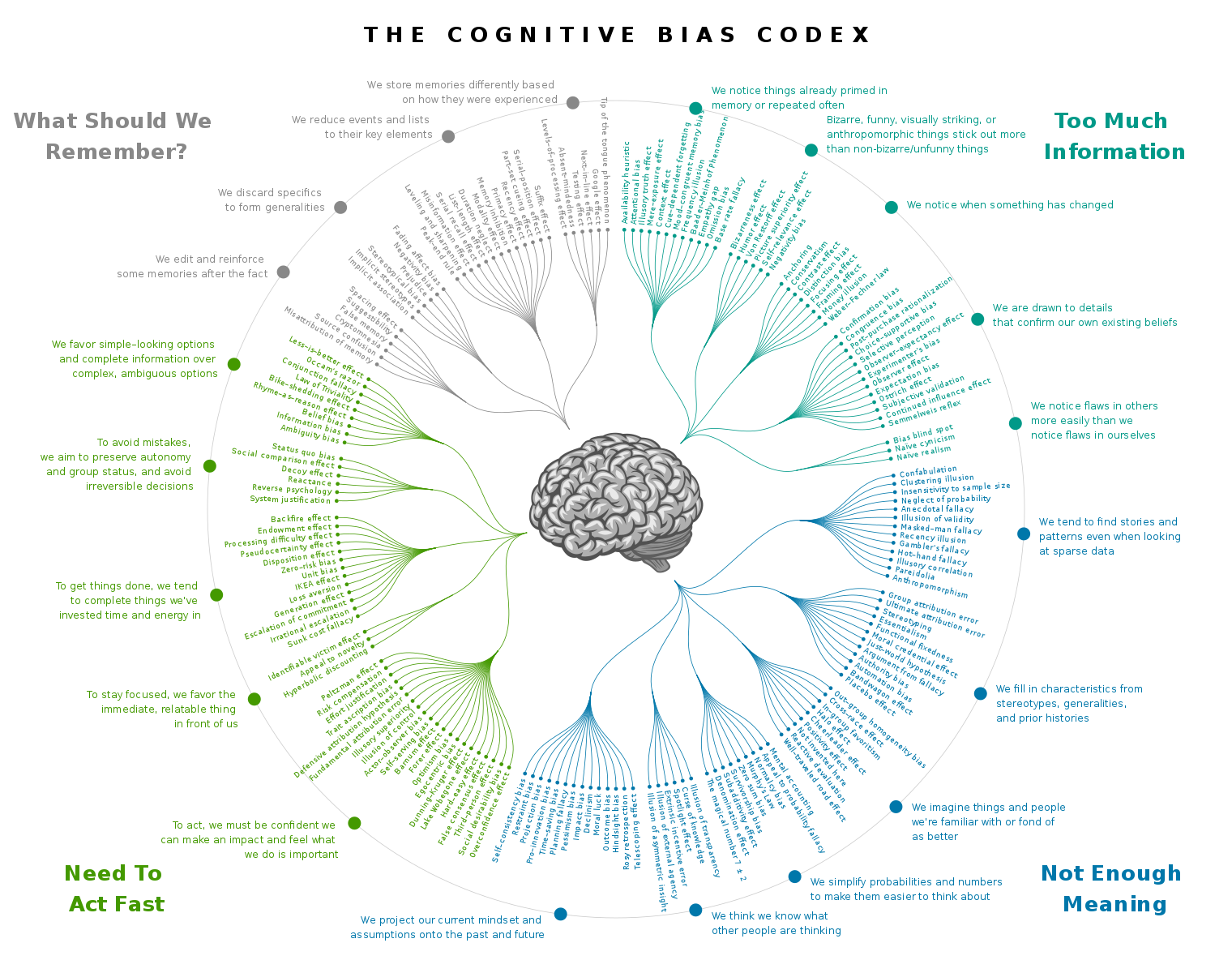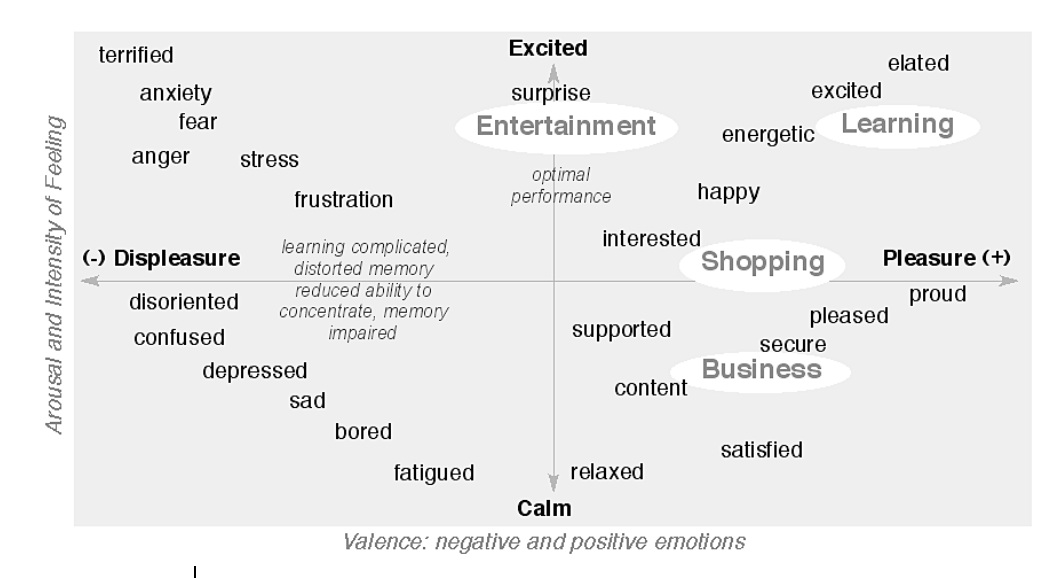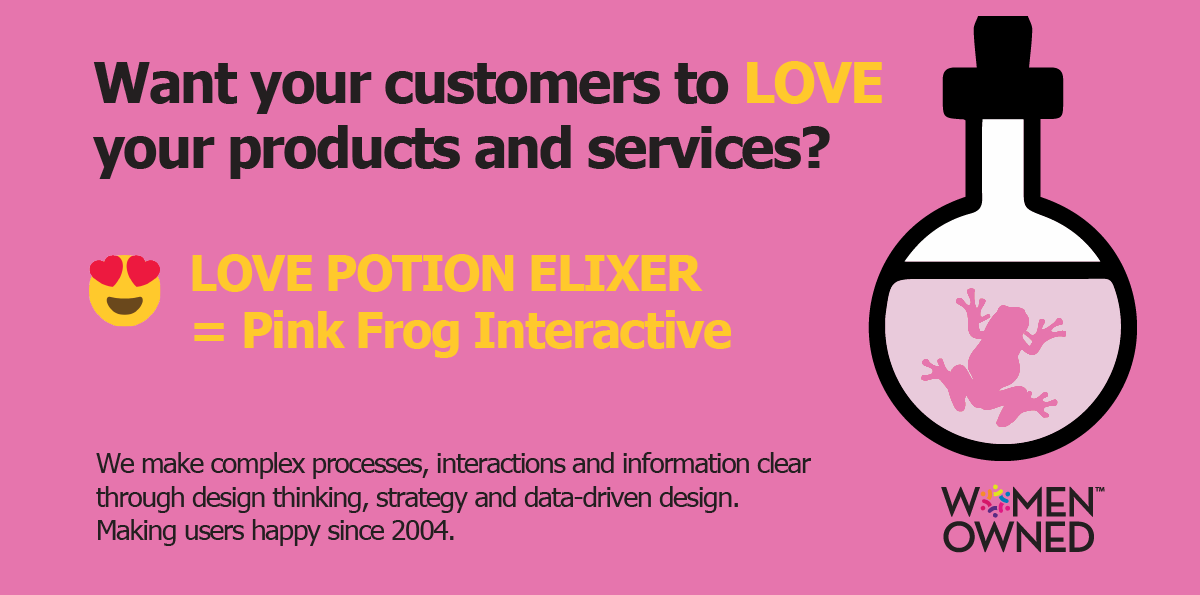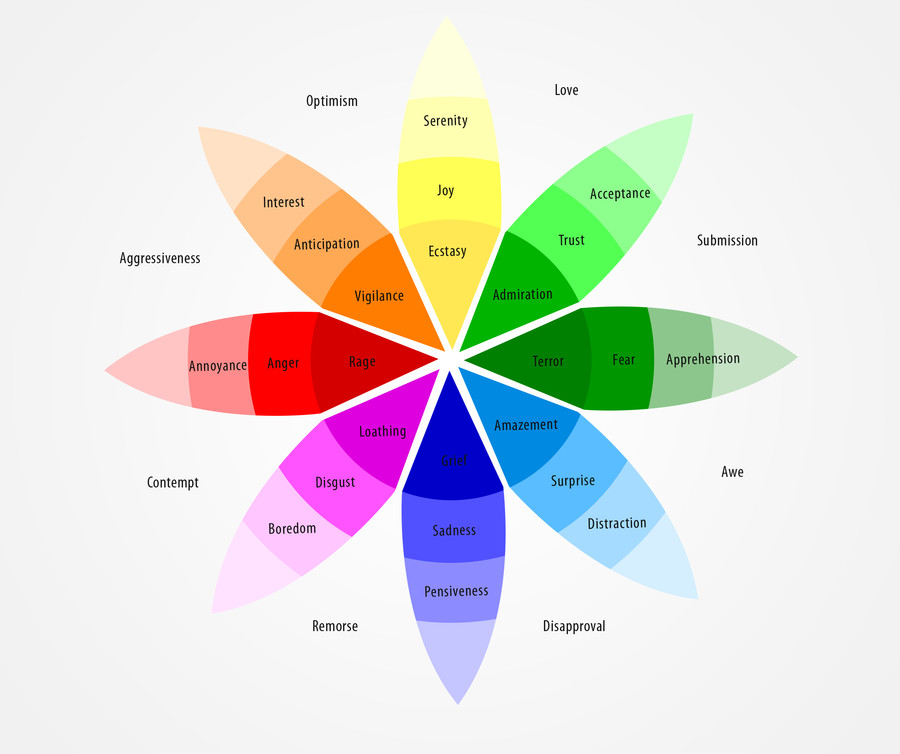As a designer, I study people – the way they think, act, perceive, learn, memorize, etc. Part of these human factors are cognitive biases. Confirmation bias is a type of cognitive bias that favors information that confirms previously existing beliefs or biases.
People seek only the information that validates their existing beliefs which tends to make them believe it more whether right or wrong.
Here are some ideas to avoid confirmation bias.
Understand your tendency to exclude other opinions and facts and seek information that only validates your existing beliefs. Think For yourself. Do your own research. Question what you hear and see. Don’t just follow the crowd belief.Validate information with what you personally hear and observe. Sincerely listen to an opposing view without feeling your ego is being attacked and defending your stance. Seek information outside your normal comfort zone. Check all facts before jumping to conclusions. Challenge assumptions. Don’t read this and assume it doesn’t apply to you.
What are the least effective ways to eliminate confirmation bias?
Kick everyone off your social media page that doesn’t support your view. Name call and attack people with different points of view.Demean or stop talking to others that don’t agree with you. Surround yourself only with information and people that confirm your beliefs. Profile people into wide groups with sweeping generalizations – if you believe this then you also do x, y and z.
What ways can the government help with confirmation bias in government services?
Verifiable Data
Transparency
Accountability
Empathy – Understanding people’s unique challenges, emotions, culture, and goals allow for empathy. Empathy creates compassion which is necessary for shifts in mindset. Shifts in mindset change the world.
In the end, we will remember most the actions, character and behaviors of our family, friends and neighbors and the character traits they exhibited during this unprecedented time.
Our vision is a country where people have equal access to public services because they are designed in a way that is thoughtful, intuitive, easy to navigate, transparent, accountable and user-centered.




